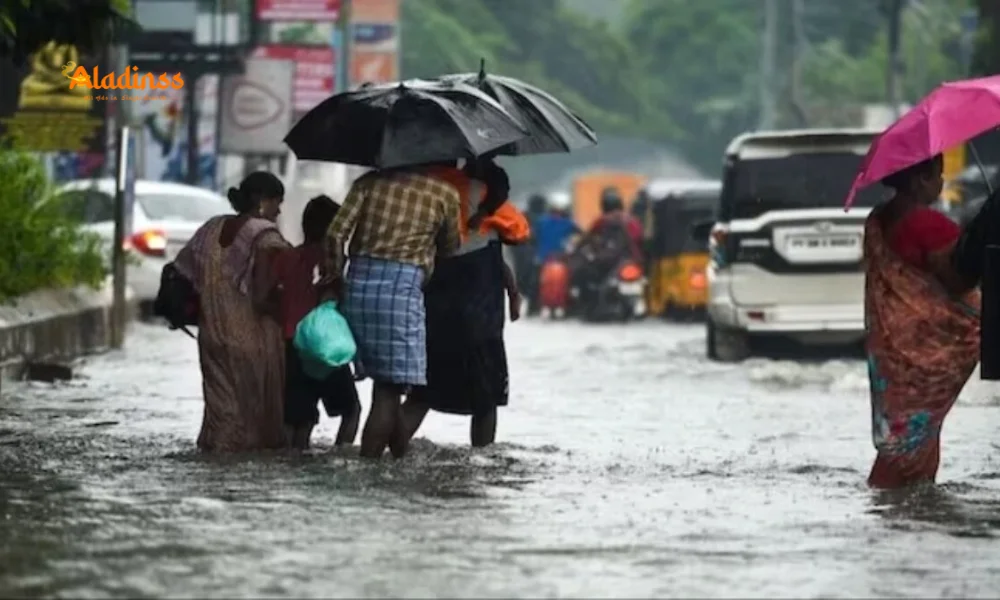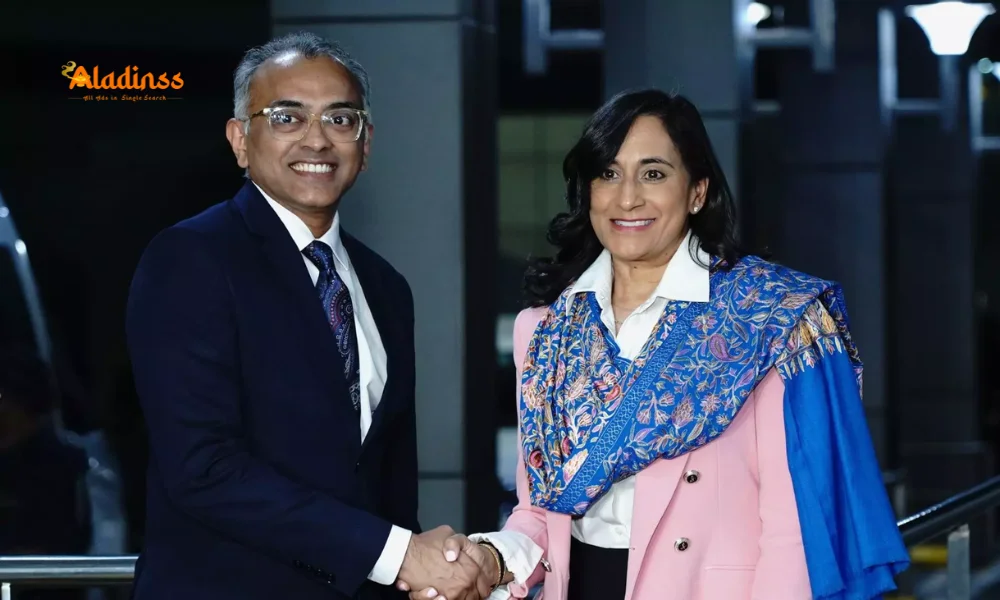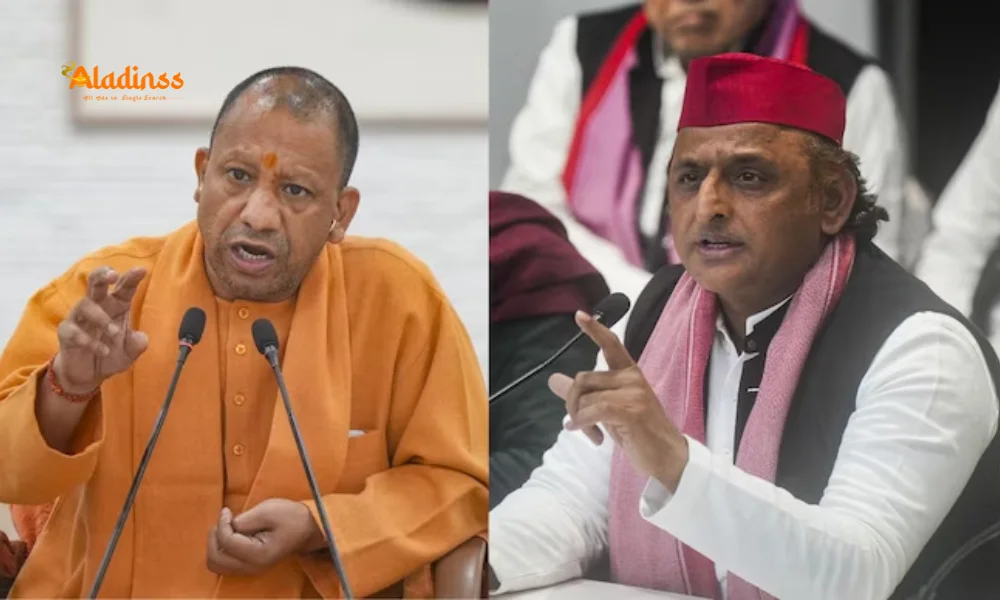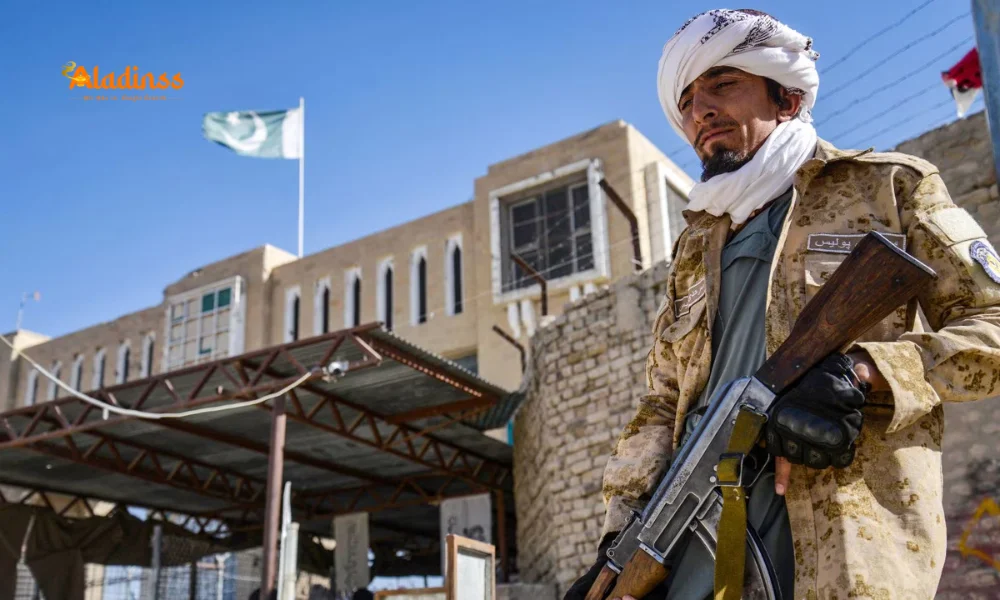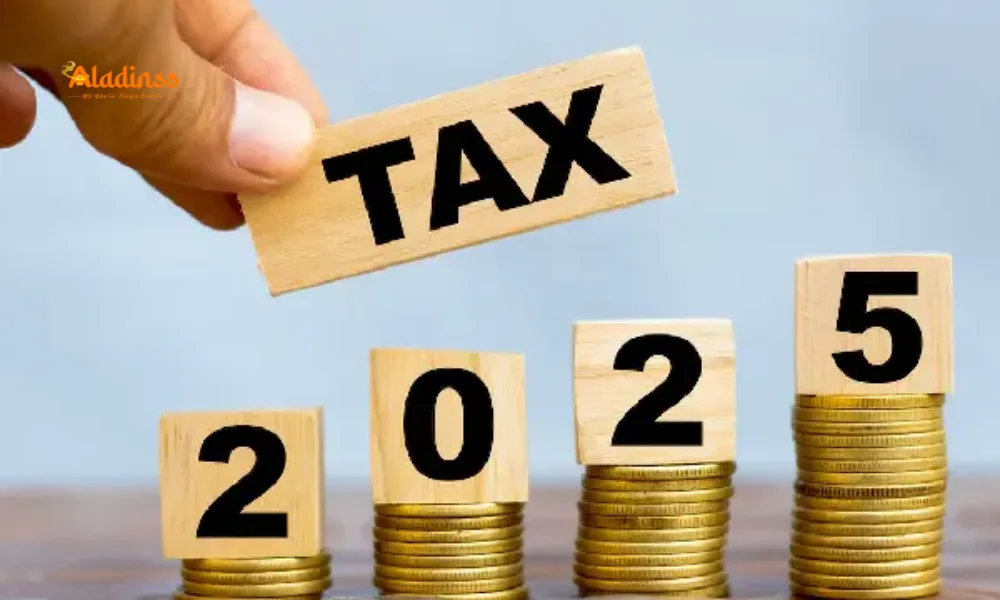Gaza War Over: Trump Ceasefire Mission

Gaza War Ends: Trump Heads to West Asia for Hamas Hostage Release and Peace Talks
In a landmark declaration, US President Donald Trump announced the conclusion of the Gaza war on Monday, October 13, 2025, as he embarked on a pivotal diplomatic journey to Israel and Egypt. This move underscores his administration's commitment to brokering lasting peace in the Middle East, particularly following the US-mediated ceasefire between Israel and Hamas. The Gaza war end marks a turning point after nearly two years of intense conflict triggered by the devastating October 7, 2023, assault on Israel by Hamas militants. Trump's bold statement, "The war is over," signals optimism for regional stability and the immediate release of remaining hostages.
Aboard Air Force One, Trump addressed reporters with characteristic confidence, affirming his belief in the durability of the ceasefire agreement. "I think it's going to hold. There are a lot of reasons why it's going to hold," he stated, emphasizing global fatigue with the protracted violence that has plagued the region for generations. This sentiment resonates deeply amid the humanitarian crisis in Gaza, where reconstruction efforts are now a priority. The president's itinerary includes high-level engagements aimed at not only securing the hostage release but also laying the groundwork for Gaza's rebuilding and broader Israeli-Palestinian reconciliation.
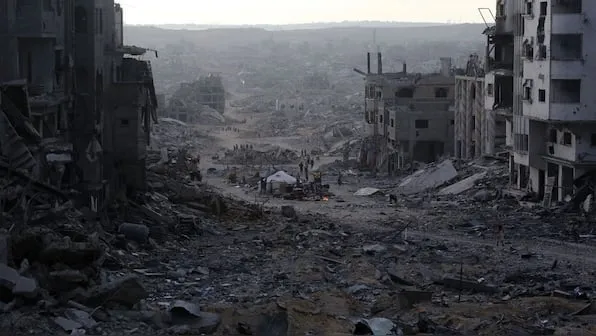
Details of the Ceasefire and Hostage Exchange
The ceasefire, a cornerstone of Trump's Middle East peace initiative, is structured in phases to ensure compliance from both sides. The initial stage, which commenced last Friday, involves the withdrawal of Israeli forces from key urban areas in Gaza, initiating a 72-hour window for Hamas to release the remaining 48 hostages. Among these, approximately 20 are presumed alive, a detail that has heightened international anticipation for a swift resolution. In reciprocity, Israel will free hundreds of Palestinian detainees, a gesture intended to de-escalate tensions and foster goodwill.
Humanitarian aid is set to flood into Gaza immediately, addressing the acute shortages of food, medical supplies, and shelter that have afflicted civilians since the conflict's onset. Trump highlighted the urgency of these measures during his briefing, noting, "You have to get people taken care of first, but it's going to start, really, essentially immediately." This surge in assistance is coordinated with regional partners, including Egypt, which plays a crucial role in border management and aid distribution.
The agreement's success hinges on mutual adherence, with monitoring mechanisms involving UN observers and US envoys to prevent violations. Analysts suggest that the involvement of Arab and Muslim nations in endorsing the deal has injected fresh momentum into resolving the longstanding Israeli-Palestinian dispute. This renewed focus could pave the way for normalized relations between Israel and several Gulf states, echoing the Abraham Accords championed during Trump's first term.
Also Read: Tennessee Military Explosion Kills Several
Trump's Diplomatic Itinerary: From Knesset Address to Sharm el-Sheikh Summit
President Trump's tour begins in Israel, where he has received a rare invitation to speak before the Knesset, Israel's parliament. This prestigious honor, last bestowed upon George W. Bush in 2008, underscores the significance of his role in ending the Gaza war. In his address, Trump is expected to outline a vision for post-conflict security guarantees for Israel while advocating for economic incentives to encourage Palestinian state-building.
Following the Knesset session, Trump will proceed to Egypt for a multilateral summit in Sharm el-Sheikh. Hosted alongside President Abdel-Fattah el-Sissi, the gathering will convene leaders from over 20 nations to deliberate on Gaza reconstruction and Middle East peace prospects. Key agenda items include funding mechanisms for infrastructure revival, water resource sharing, and counter-terrorism collaborations. Egypt's strategic position as a mediator further amplifies the summit's potential impact.
- Secure commitment for $10 billion in international aid for Gaza over the next five years.
- Establish a joint Israeli-Palestinian economic zone to boost trade and employment.
- Launch diplomatic channels for resuming stalled peace negotiations.
- Address Iran's regional influence to prevent proxy conflicts.
These objectives reflect Trump's pragmatic approach to diplomacy, blending tough negotiations with incentives for cooperation. His personal rapport with regional leaders, forged over years of deal-making, positions him uniquely to bridge divides that have long stymied progress.
Global Implications and Challenges Ahead
The Gaza war end has reverberated worldwide, easing Israel's international isolation amid genocide allegations at the International Court of Justice. Warrants against Prime Minister Benjamin Netanyahu and his former defense minister remain active, yet the ceasefire offers a diplomatic off-ramp. South Africa's case continues, but Trump's intervention could shift narratives toward reconciliation rather than retribution.
For the United States, this achievement bolsters Trump's foreign policy legacy, demonstrating the efficacy of unilateral American leadership in contrast to multilateral stalemates. Domestically, it may galvanize support among pro-Israel voters while appealing to those weary of endless wars. However, skeptics warn of fragility: Hamas's internal factions and Israeli hardliners could derail implementation if aid distribution falters or security threats resurface.
Reconstruction poses logistical hurdles, with Gaza's infrastructure in ruins-over 80% of buildings damaged, according to UN estimates. Prioritizing humanitarian needs means erecting temporary shelters, restoring power grids, and vaccinating against disease outbreaks. Long-term, sustainable development requires addressing root causes like water scarcity and youth unemployment, which fueled extremism.
- International donors pledge initial $2 billion for emergency relief.
- Private sector involvement from US tech firms for digital infrastructure.
- Educational programs to promote tolerance among Gaza's youth.
- Border security enhancements to curb arms smuggling.
As Trump navigates these complexities, his trip symbolizes hope for a transformed Middle East. The Hamas hostage release, slated within days, will serve as a litmus test for the agreement's viability. Success here could unlock a cascade of diplomatic breakthroughs, from Saudi-Israeli normalization to a revived two-state solution.
Historical Context and Future Outlook
The conflict's roots trace back decades, but the 2023 Hamas attack-claiming over 1,200 Israeli lives-escalated it into a full-scale war, with Gaza suffering tens of thousands of casualties. Trump's deal draws on lessons from past accords, incorporating phased releases and aid linkages to build trust incrementally.
Looking ahead, experts foresee economic dividends: a stable Gaza could become a hub for tech innovation, leveraging its young population. Yet, vigilance is essential against spoilers like Hezbollah or Iranian proxies. Trump's administration has signaled readiness to mediate further, potentially extending to Lebanon and Syria.
In essence, this mission transcends immediate hostage releases; it's a blueprint for enduring peace. As global leaders converge in Sharm el-Sheikh, the world watches whether Trump's audacious vision can rewrite the Middle East's turbulent narrative. The Gaza war over declaration isn't just rhetoric-it's a call to action for collective healing and progress.
(Expanded analysis draws on official statements and regional insights, projecting a pathway from ceasefire to coexistence. Stay tuned for live updates from the summits.)
Comment / Reply From
No comments yet. Be the first to comment!
